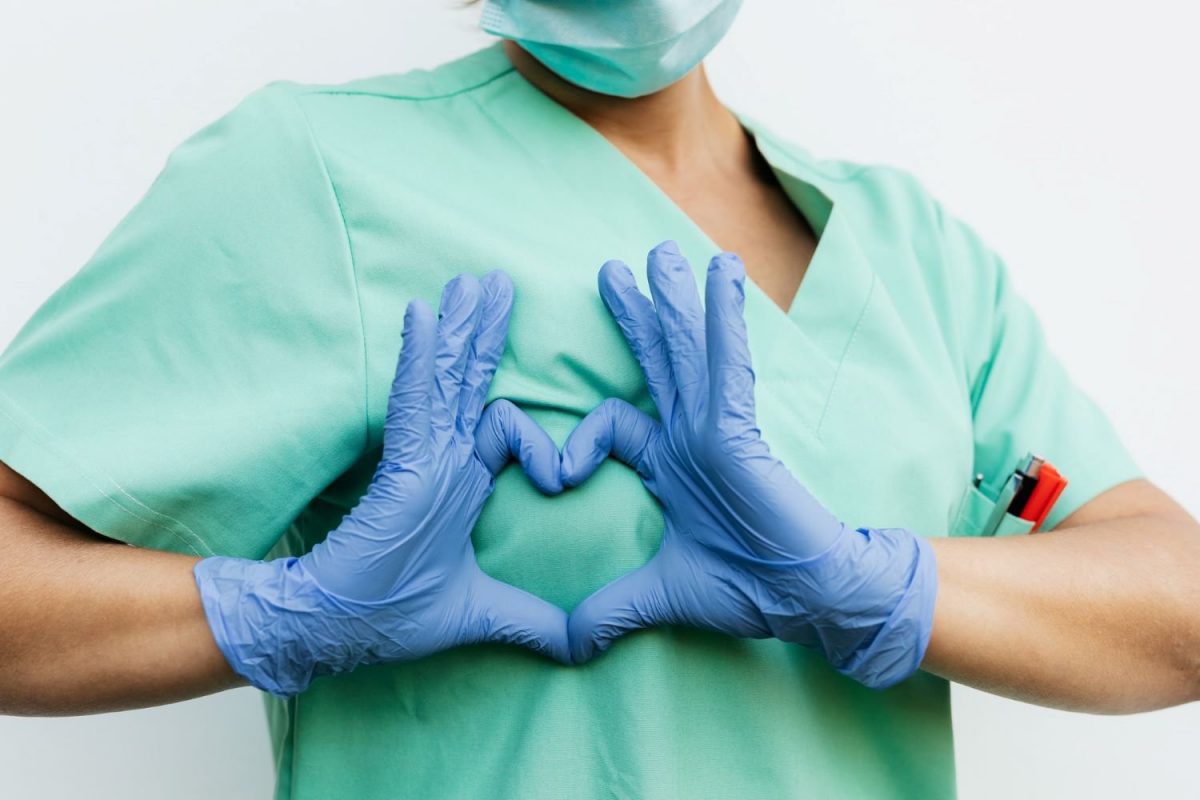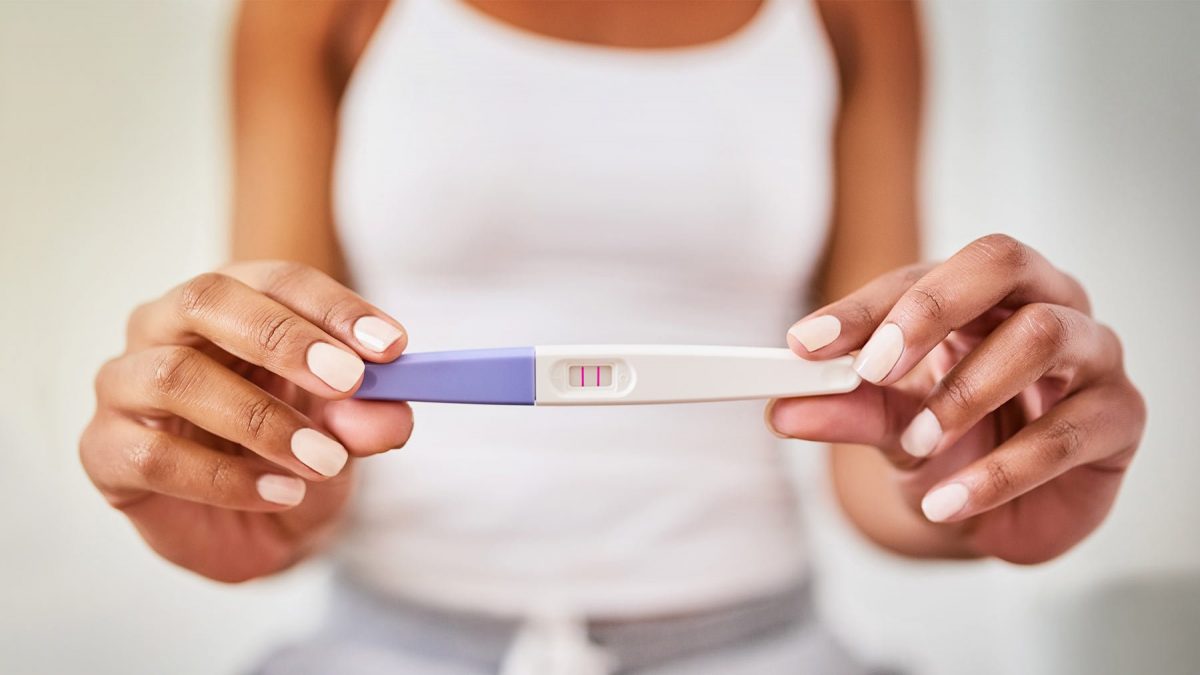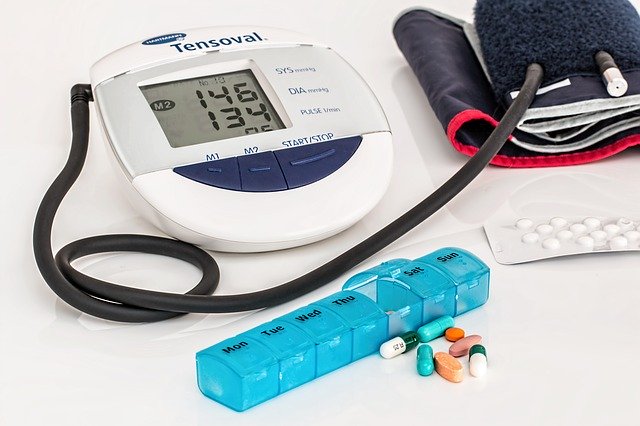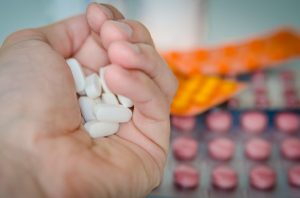A battery of tests is inevitable for those suspected of having heart disease and heart disease patients. If your future holds one of these non-invasive heart tests, here’s what you should expect: ECGs, CT scans, and MRIs. Why do you need these tests, and what are they? When you visit your cardiologist, these are some of the test names you will hear. Keep in mind that these are just some of the services and tests a cardiologist can do.
Your doctor may order an array of cardiac tests if you’re suspected of having a heart condition, or you’ve got heart issues. If during outdoor activities for toddlers, your child gets breathless too often and fast, your doctor may order these tests. But what should you expect, and what’s their purpose? Here’s a guide to what some of the non-invasive tests your doctor orders are designed to do.
1. Echocardiogram

It produces images of your heart using sound waves. This heart functioning test shows how blood is moving through your heart and how your heart’s beating. The images from an echocardiogram identify heart muscle and valve abnormalities.
Reasons for the test:
– Identify the cause of heart murmur
– Check heart valves function
– Assess the function of the heart
2. Transesophageal echocardiography (TEE):
This heart exam makes detailed pictures of your arteries that lead from and to your heart and the heart itself using ultrasound. A thin tube attached to the echo transducer that produces the TEE soundwaves is put into the mouth, down the throat, and into the esophagus that’s very close to the heart’s upper chambers.
Reasons for the Test:
– Assess heart valve function
– Monitor heart valve disease
– Check for blood clots inside the heart
3. Electrocardiogram (ECG or EKG)
When wondering what tests can a cardiologist do, an ECG or EKG comes to mind first. These cardiac tests provide two kinds of information when measuring the heartbeat’s electrical activity. First, a doctor can determine how long it takes the electrical wave to pass through your heart using the ECG to measure time intervals.
It is possible to show whether the electrical activity is irregular, fast, regular, or slow by finding out how long a wave will take to pass through one part of the heart to the next.
How to make a child successful in life will depend on their mental and physical health and the support they get from their environment. If the doctor orders this test, it’s best to get it done.
If parts of the heart are overworked or too large, a cardiologist may be able to find this out by measuring the amount of electrical activity passing through the heart muscle.
Reasons for the Test:
– Monitor heart rhythm changes
– Determine the occurrence of a heart attack
– Help in the prediction of a developing heart attack
4. Magnetic Resonance Imaging (MRI)
Another answer to, “what tests can a cardiologist do?” is a MRI. Detailed pictures of structures and organs inside your body are created using radiofrequency waves and magnetic fields. These can be used to identify areas affected by stroke in the brain and examine blood and heart vessels.
Reasons for the Test:
– Assess the structure of the heart
– Look within the heart muscle for scar tissue
– Assess heart valve function
5. CT Scan
This is a computer imaging technique that produces cross-sectional images of the heart through X-ray imaging. This test can be used to examine whether your blood and heart vessels have problems. It is also referred to as computerized axial tomography, CAT scan, or cardiac computed tomography. It is also used to determine whether a stroke has affected blood vessels in the brain.
Reasons for the Test:
– Assess the hearts structure
– Heart blockage testing to determine if the coronary arteries have any blockages
6. Exercise Cardiac Stress Test
The ETT (exercise tolerance test) is one of the cardiac tests that show whether you’ve got normal heart rhythm on a treadmill or stationary bike, and if you have sufficient blood supply in your heart. Echocardiography and nuclear imaging are usually done in combination with this test.
Reasons for the Test:
– Determine the causes of weakness, shortness of breath, and chest pain
– Assess the heart’s health
– Assess exercise safety
– Identify how activity changes heart rhythm
– Find out if during exercise there’s an inadequate flow of blood to the heart muscle
7. Pharmacologic Stress Test
To dilate the arteries and increase blood flow and heart rate -just like the effects of exercise- you receive medication through an IV line in your arm. This heart testing is done together with echocardiography, MRI, or nuclear imaging. If you’re worried about costs and the question on your mind is, “can I get medicare through my spouse?” you must get this cleared with one of the officials before you commit.
Reasons for the Test:
– Identify the causes of weakness, shortness of breath, and chest pain
– During exercise, find evidence in the heart muscle of inadequate blood flow
– In the coronary arteries, diagnose and monitor blockages
– Assess heart attack risks
8. Tilt test
The tilt test is another one of the tests a cardiologist can do, however, it is not commonly found. If you feel lightheaded or faint, a tilt test will determine why. You will lie on a slowly tilted table. This test measures the response of your heart rate and blood pressure to gravity. During the test, a technician or a nurse will track the changes in your heart rate (pulse) or your blood pressure.
Reasons for the Test:
– Assess fainting spells and dizziness
– Identify changes in heart rhythm
9. Ambulatory Rhythm Monitoring Tests

To study heart rhythm on an outpatient basis for a prolonged time, ambulatory monitoring tests such as Holter monitoring, mobile cardiac telemetry (MCT), and event recorders.
Reasons for the tests:
– Identify problems that aren’t apparent on a normal ECG and evidence of heart rhythm issues that come and go.
10. Coronary Angiogram
Coronary arteries that supply blood to your heart are examined through the use of an X-Ray. Your heart and coronary arteries are fed with a catheter introduced to your groin or arm through a blood vessel. Images are then taken after a special dye is injected into the catheter.
Reasons for this type of cardiac test:
– Evaluate the inner pressure of the heart
– Identify coronary artery blockages or narrowing





 have to pay any monthly premium for receiving the coverage. Normally, if you or your close one have worked for at least 10 years and have regularly paid Medicare taxes while working, then that person will be eligible for the Part A without premium.
have to pay any monthly premium for receiving the coverage. Normally, if you or your close one have worked for at least 10 years and have regularly paid Medicare taxes while working, then that person will be eligible for the Part A without premium. benefits of this plan, you have to have the Original Medicare, especially Part A and B. Having the Medicare Advantage plan can help you to cover some of the health care services that Part A and B don’t cover. This can be hearing aids, eye exams and dental care.
benefits of this plan, you have to have the Original Medicare, especially Part A and B. Having the Medicare Advantage plan can help you to cover some of the health care services that Part A and B don’t cover. This can be hearing aids, eye exams and dental care.
 ?
?